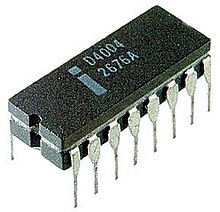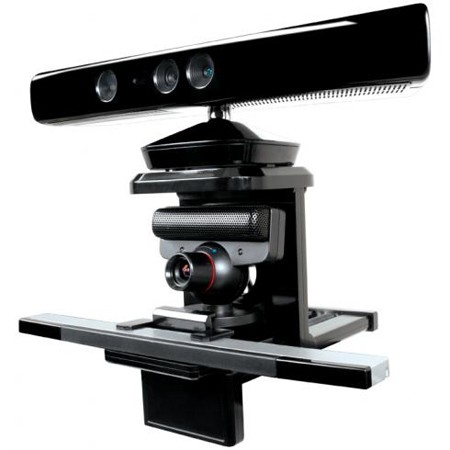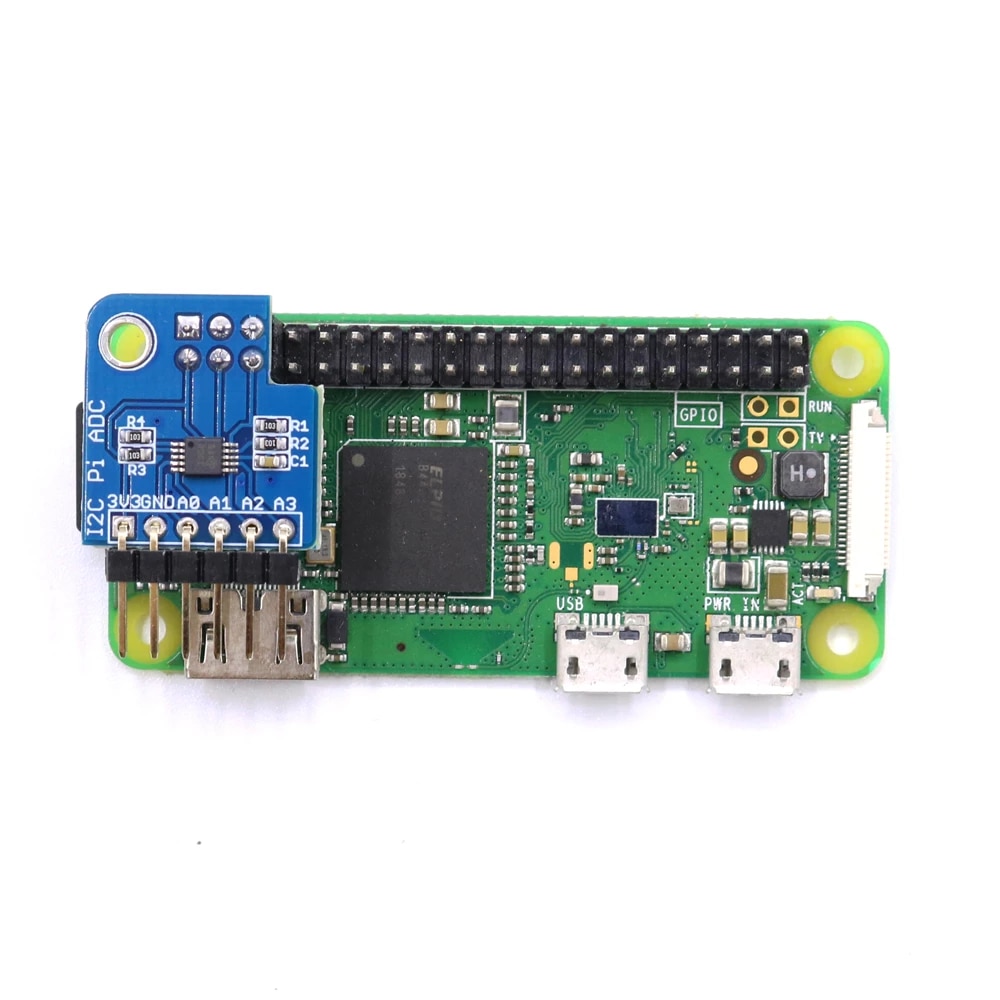7.1.2
Outline the uses of microprocessors and sensor input in control systems.
Teaching Note:
These should be related to the examples suggested above.
Sample Question: FORMER CURRICULUM - And an important quintessential example of an SL question which doesn't really relate to specifics in the syllabus, but which, when thought about is not that hard to answer. With these sorts of SL questions, just use your common sense if what is being asked is not from any assessment statement you can recall.
A DVD recorder, which is controlled by a microprocessor, can be programmed to
record TV programs via a simple interface controlled by a hand-held remote control.
(a) State the name of the DVD’s computerized component that controls the DVD recording function. [1 mark]
(b) Identify two key inputs to this component in relation to the recording function. [2 marks]
(c) Describe how these inputs would be stored and retrieved. [2 marks]
(d) Explain how the component would control the recording. [3 marks]
JSR Notes:
This assessment statment is to get you thinking about the "digital" of control systems, so a good approach is to think about how microprocessor/sensor systems are so much better than "the way it was done in olden-days"; i.e. before the advent of modern computer technology.
And you can also start to think about the advantages of a feedback closed-loop control system compared to an open-loop control system alternative. With open loop systemsin the only input is the command you start with, but taking in no feedback (like setting the timer on a toaster, going away, and coming back later on to hope that the timer was set for a good amount of time.)
You can start by taking a look at use the following links.
The Compsci2014 Wikispaces page
The Advantages of Microprocessor Based Control article
And as examples, take four that are within 20 meters of the projector - woops, make that six, including the projector and audio speaker:
- the glass door motion sensor system to/from the Math Quad (motion sensor system)
- the bathroom water tap on/off motion sensors (motion sensors system)
- the key card door locks to the room (...look up how they work)
- the AC control units (temperature sensor system)
- the remote controls for both projector and audio speaker in the room (infrared sensor systems)
The Role of a microprocessors in a Control SystemWe can start with a very good definition of microprocessor from Wikipedia: "A microprocessor is a computer processor which incorporates the functions of a computer's central processing unit (CPU) on a single integrated circuit, or at most a few integrated circuits. The microprocessor is a multipurpose digital-integrated circuit which accepts binary data as input, processes it according to instructions stored in its memory, and provides results as output." So within a digital control system, the microprocessor's role will be to take in input supplied to it by a sensor (or multiple sensors), and use that information to make decisions about the physical control of the system. |
 |
The role of a sensor in a control systemSensors are input devices that measure physical quantities in analogue data. There are sensors for a wide variety of useful information, such as temperature, light, color, pressure, sound, humidity, and pH. The analogue data most often is digitized through an ADC* and sent to a microprocessor for processing. For example:
How to Build a Robot Tutorial - Society of Robots with a good basic list of sensor types. |
 |
*The role of an ADC in a control systemThough not mentioned in the assessment statement, any discussion of both microprocessor and sensors should aslo look at the role of the ADC. Sensors detect real/analougue physical quantities, but microprocessors work with binary/digital data. So there needs to be a device to translate back and forth between digital and analogue. An ADC is some sort of Analogue to Digital Converter, which converts analogue data, from senors, into digital data, which is readable by a computer. It is important to realize/remember that in the conversion of real analogue data to digital data, information is always lost; analogue data is both possibly constantly changing and also impossible to represent to infinite precision, so an ADC process has to be content with taking samples which can be represented in digital (finite) form. |
 |
General Advantages of Microprocessor/Sensor System:
- Faster and more accurate than conventional control systems, either human or mechanical.
- On all the time; no need for breaks/sleep like a human would need, or the downtime for repair of a mechanical system
- Can be placed in dangerous situations where a human could not go, and be small enough to fit where conventional devices could not
And if well enough developed, with thorough error handling, which can account for many if not all situations...
- ...really can take into consideration complex systems and react quickly / evaluate them - think of all the complex if/else blocks of code that could be implemented
General Disadvantages of Microprocessor/Sensor System:
- Costly to develop, particularly if custom made.
- Relies on backup power in case of outages - how long can backup last?
- Relies on other IT equipment which can malfunction
- Less flexible than a humans, who can "scramble on the spot". So, for example, when an exception that was not anticipated by code occurs, it could cause errors or even break-down.
- No human ethical oversight; "judgments" are made automatically by a machine, rather than a rational, ethical person
Advantages/disadvantages of Specific Digital Control Systems vs.
their Conventional Mechanical/Human counterparts
Think about the alternative way of managing each of the following given system:
Traffic Control System Example
For example, what are the advantages of microprocessors and sensors in a traffic control system over a traffic cop. All of the advantages/disadvantages listed above apply, such as the traffic cop can make reasonable decisions based on experience, but gets tired and needs to take a break after a certain amount of time. And so on.
Elevator Example
Elevators existed before microprocessors and digital sensors. What are the advantages and disadvantages of the old and new ways of doing things?
Modern elevator systems surely are more intelligent with the distribution of various carriages depending on various parameters, though one way or the other there were likely mechanical tricks for making such determinations in the past. Sensors for stopping the closing of doors on passengers were mechanical, and not necessarily reliable, if they were present at all. And the array of modern safety sensors would have been for the most part missing in days gone by.
Car Example
There are lots of obvious benefits to the wide variety of modern control systems found in today's cars, particularly safety features, with the most important benefit of saving lives. There are ABS anti-lock control systems, a variety of sensors for detecting collisions which release air bag, control systems for keeping your car between the lines, and road hazzard detection systems.
But one less obvious disadvantage to automobiles of today is you can't fix your own car any more; it's too complicated and you need a computer with the right hardware/software to plug into the engine to diagnose any problems.
And the other thing with overly complicated cars is that there's so much more that can go wrong with the microprocessors, sensors, and electrical systems in general, compared to simpler automotive machines.
So think of older cars, like the very old ones they use in Cuba. They are not sophisticated, without complex microprocessor/sensor systems, and so are easy to fix.
I always think of how I was able to look after so many things myself with my classic 80s Toyota 4-Runner in Ethiopia. And get me to tell you my story of changing the gasket on the top of the engine cylinders of my friend's Land Rover in Kenya - we used a milk carton cut out into the appropriate shape of the seal!